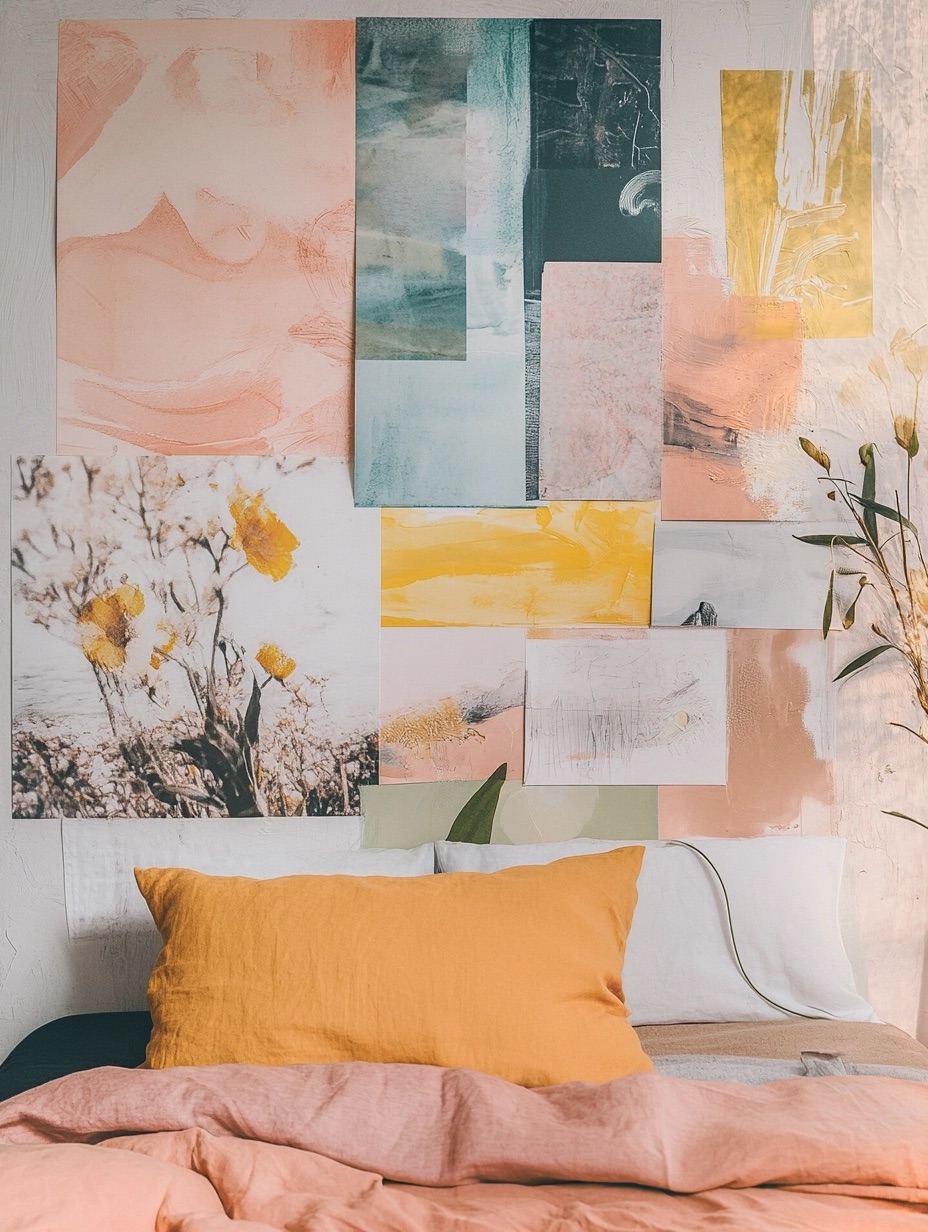
Your bedroom is more than just a place to sleep—it’s a personal sanctuary where creativity, relaxation, and inspiration can thrive. Creating a mood board for your bedroom interior design is a fun and effective way to visualize your ideas and bring them to life. In this article, we’ll explore how to use mood boards to enhance your bedroom decor, giving you tips and ideas to spark creativity in your interior design.
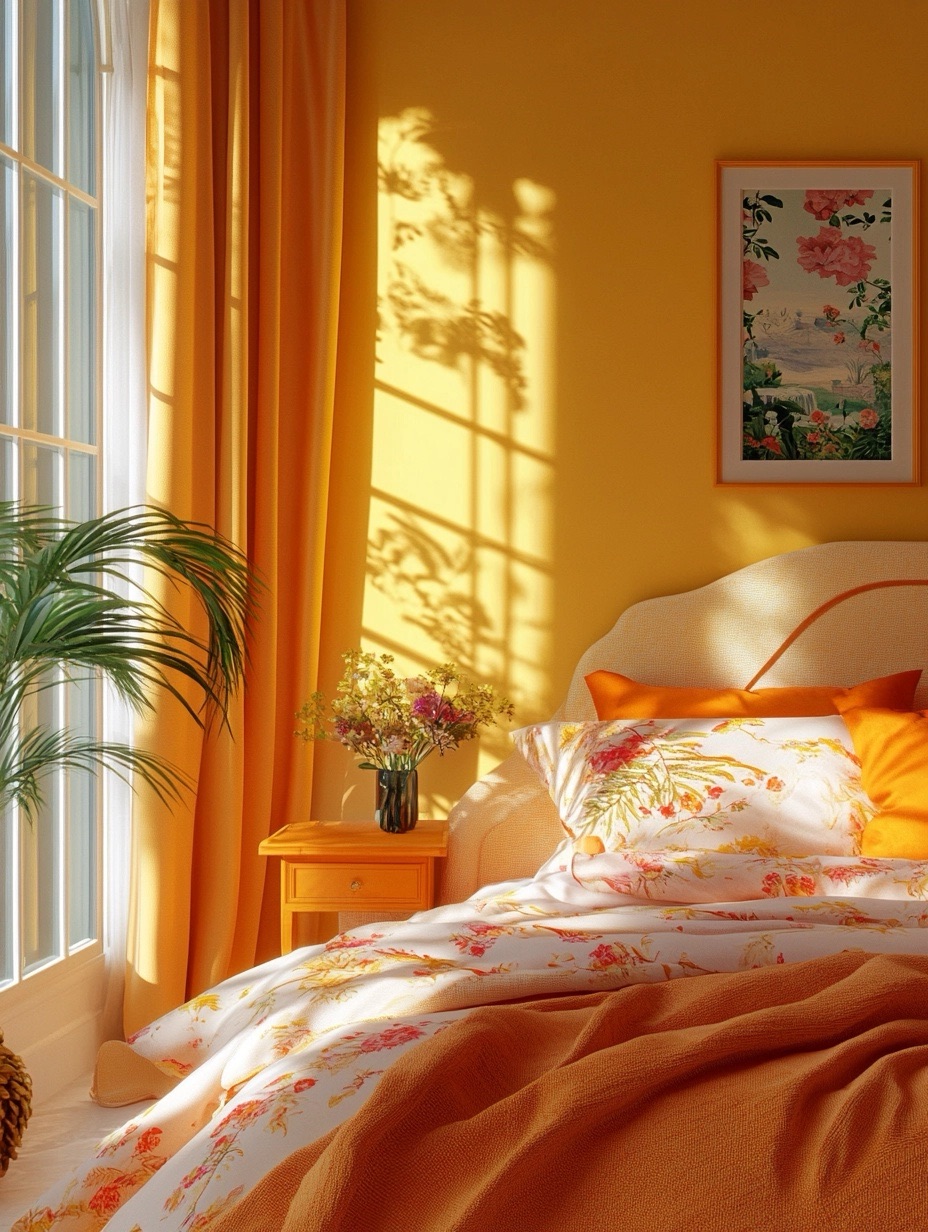
What Is a Mood Board and Why Is It Essential for Bedroom Interior Design?
A mood board is a visual tool that helps you plan and execute your design ideas. It’s a collage of images, colors, textures, and patterns that create a cohesive vision for your space. For bedroom interior design, mood boards help you stay focused on your theme, ensuring that each decor piece fits harmoniously. Whether you’re aiming for a cozy, minimalist, or bold style, mood boards make the design process smoother and more creative.
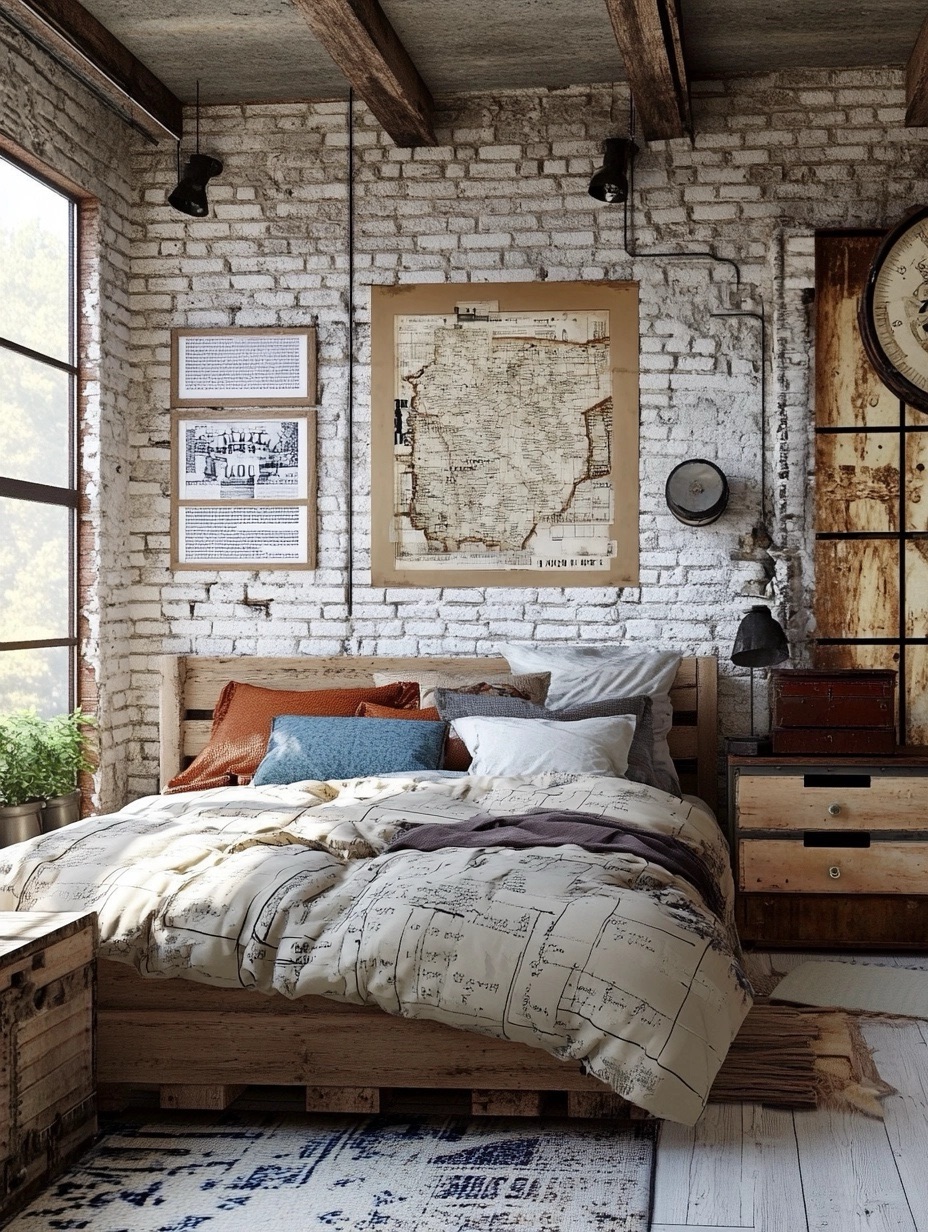
How to Choose the Right Theme for Your Bedroom Mood Board
Before you begin building your mood board, it’s essential to settle on a theme. Your theme will guide the colors, materials, and decor elements you choose. Are you drawn to modern, minimalist styles, or do you prefer a bohemian, eclectic vibe? Start by identifying a few interior design styles that inspire you. Keep in mind that your theme should reflect your personality and lifestyle—after all, your bedroom is your personal retreat.

Color Palette Ideas for Your Bedroom Mood Board
Choosing the right color palette is crucial for any interior design project. For a bedroom, you might want to consider soft, calming tones like light blues, greens, and neutrals to promote relaxation. Alternatively, bold hues like deep blues, emerald greens, or even dark reds can add drama and elegance to your space. Remember, the colors on your mood board should flow seamlessly into your actual bedroom decor, creating a cohesive and visually appealing environment.
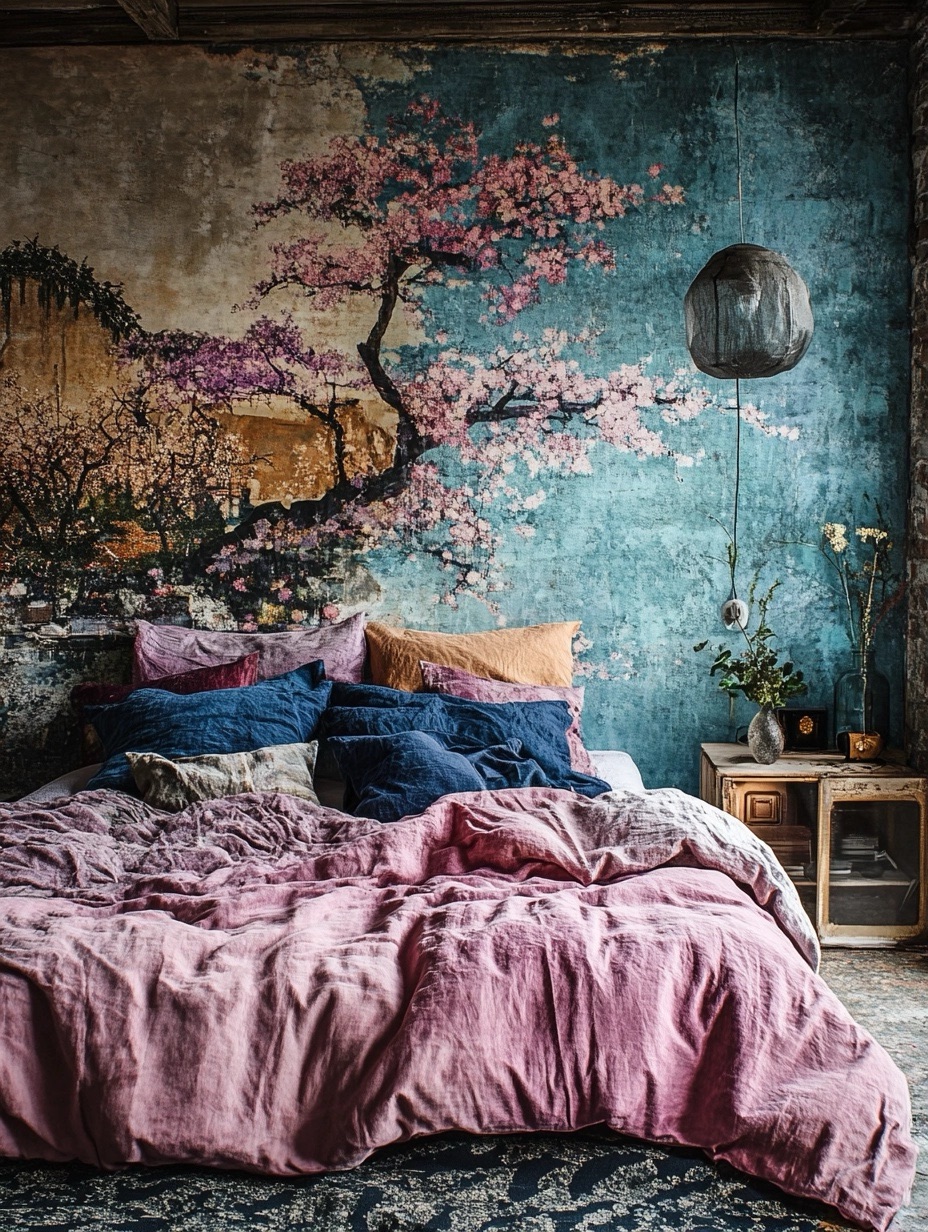
Creating Visual Balance: How to Arrange Elements on Your Mood Board
A well-balanced mood board brings harmony to your interior design. When arranging elements, think about the overall balance between textures, colors, and sizes. Symmetry can create a sense of calm and order, while asymmetry can add excitement and creativity. To add depth, include a mix of materials—smooth, textured, matte, and shiny—all working together to create a rich sensory experience.
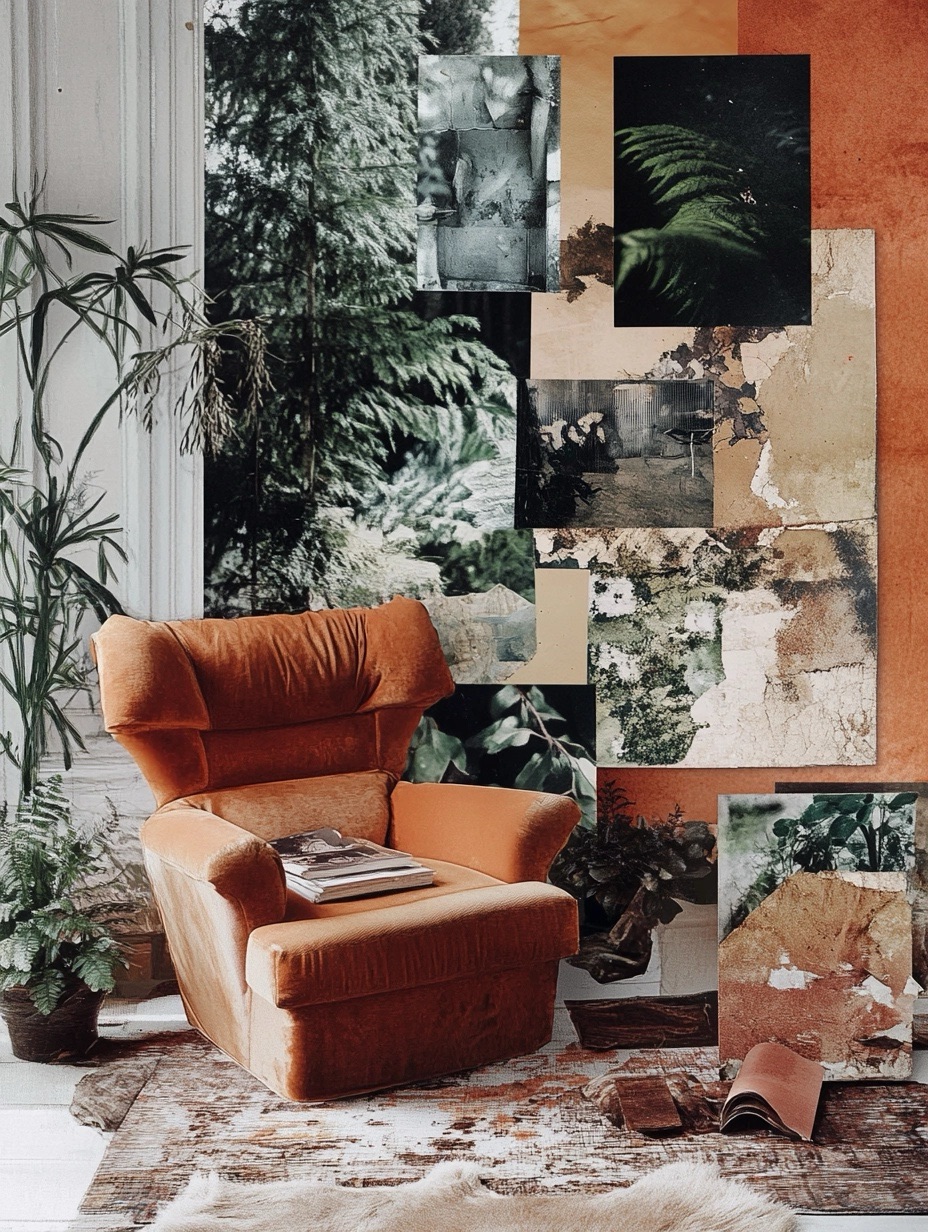
Using Photography and Art in Your Bedroom Interior Mood Board
Incorporating personal photography or artwork is an excellent way to personalize your bedroom decor. On your mood board, try using images that evoke emotions or memories. You can also mix in art pieces that inspire you, whether they’re bold abstract paintings or calming landscapes. When it comes to framing, consider various frame sizes and styles to add visual interest to your wall decor.
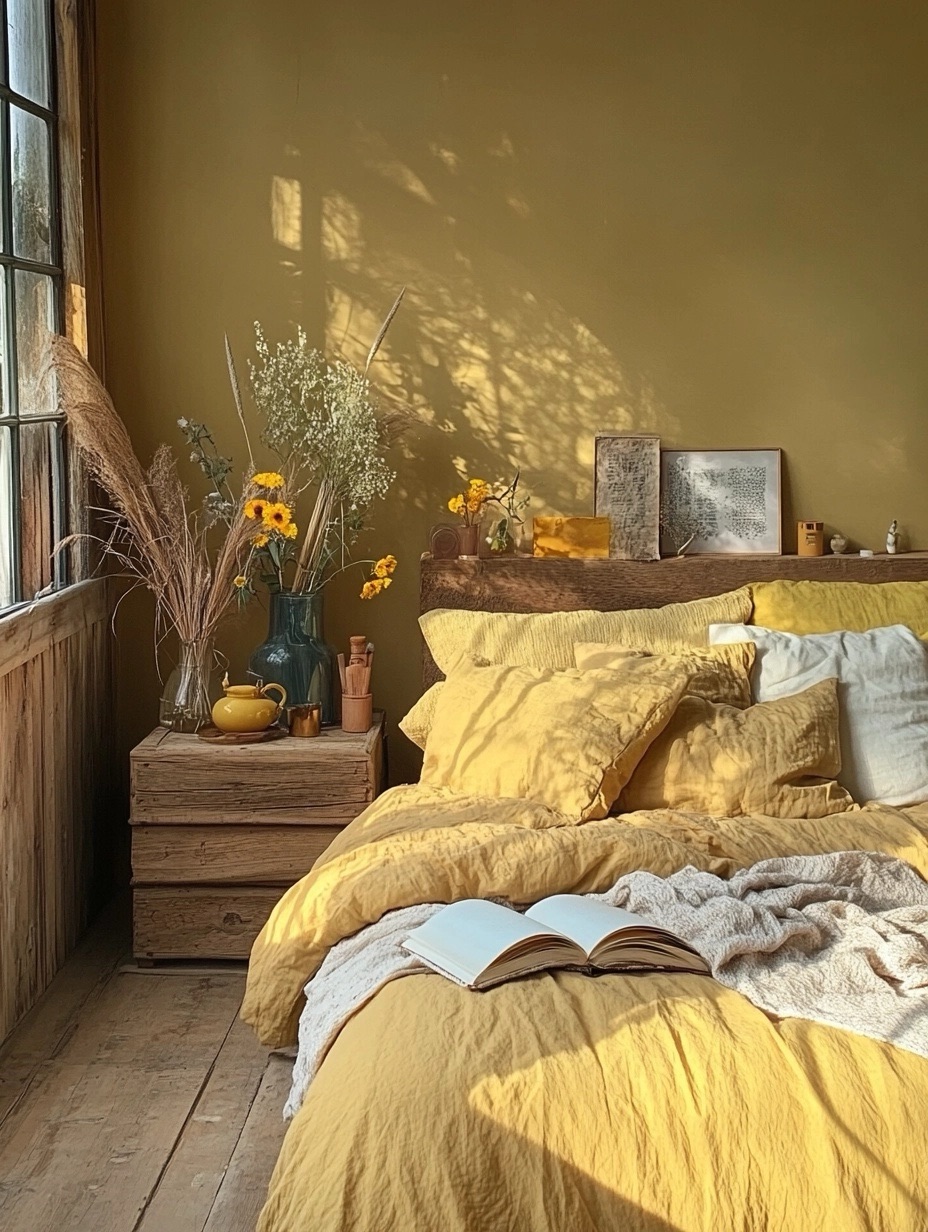
How to Incorporate Textures and Patterns into Your Bedroom Mood Board
Textures and patterns are essential elements in creating a layered and interesting space. Consider adding a variety of materials, such as soft linens, wooden furniture, metal accents, or woven fabrics to your bedroom mood board. Patterns like geometric shapes, florals, or abstract prints can also bring life and energy to your design. When combining patterns, make sure they complement each other without overwhelming the space.
DIY vs. Professional Help: Creating Your Bedroom Mood Board
Creating a mood board can be a DIY project if you enjoy hands-on creative work. Start by gathering images, fabric swatches, paint samples, and photos that align with your theme. If you’re more comfortable leaving the design process to the experts, consider hiring a professional interior designer who can help translate your ideas into reality. Both approaches have their merits, depending on your time, budget, and design confidence.
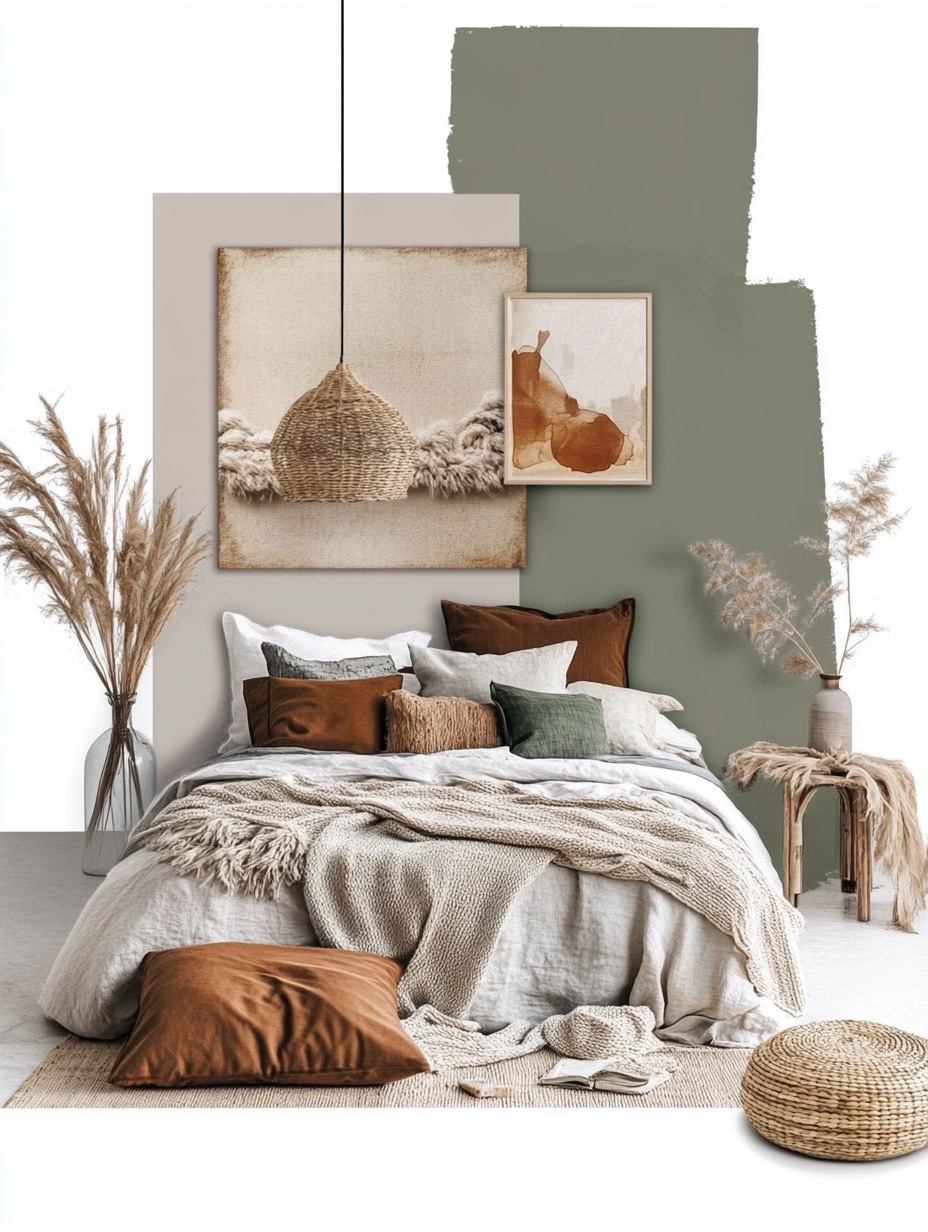
Using Digital Tools to Design Your Bedroom Mood Board
In today’s digital age, creating a mood board has never been easier. There are numerous online tools that allow you to organize your ideas visually. Pinterest is an excellent platform for finding inspiration and curating your favorite images. Tools like Canva or Adobe Spark offer easy-to-use features to help you design and refine your mood board, ensuring that every element aligns with your vision.
Lighting Ideas to Enhance Your Bedroom Mood Board
Lighting is a crucial part of interior design, especially in the bedroom. Mood lighting can transform the atmosphere of your space, enhancing the colors and textures on your mood board. Layering different light sources, such as ambient, task, and accent lighting, will give your bedroom dimension and warmth. Don’t forget to consider how natural light interacts with your mood board elements—large windows or sheer curtains can create a bright, airy feel.
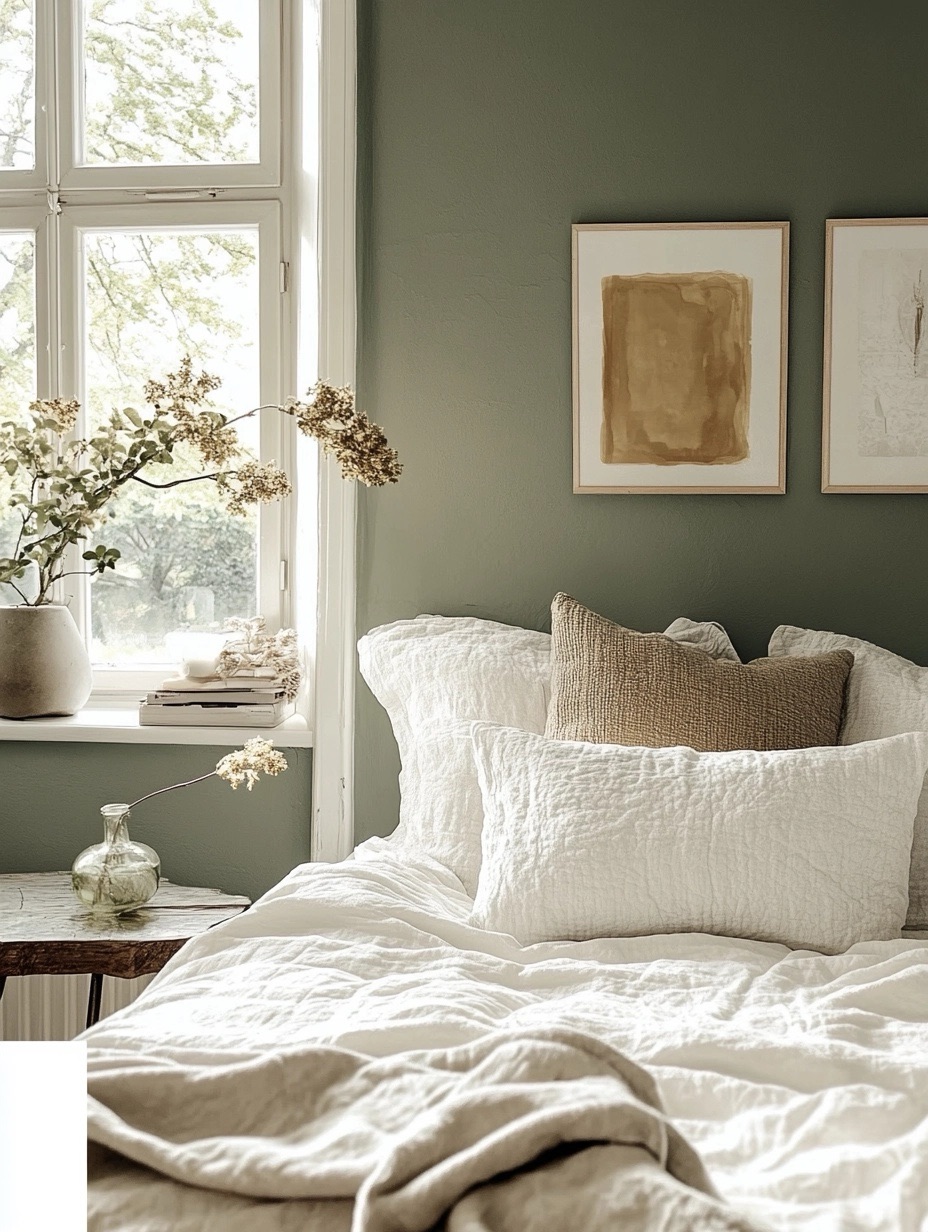
Hanging Your Mood Board: Wall Arrangement Tips
Once your mood board is complete, it’s time to hang it! Placement is key to ensuring your mood board fits seamlessly into your room’s overall design. Try positioning it above your bed as a focal point, or on a wall that’s visible when you enter the room. Consider the height and spacing between frames—too close can make the wall feel cluttered, while too far apart can lose the intended cohesion.
Staying Organized: How to Keep Your Mood Board Evolving
Your mood board doesn’t have to be static. As seasons change, or as you come across new inspiration, update it with new colors, textures, or images. By rotating elements, you can keep your bedroom interior fresh and aligned with your evolving style. This approach also prevents your decor from feeling stagnant over time, allowing your mood board to grow with your personal tastes.
Sustainable and Eco-Friendly Materials for Your Bedroom Mood Board
If you’re eco-conscious, consider incorporating sustainable materials into your bedroom design. Bamboo, reclaimed wood, organic cotton, and recycled materials can all add an environmentally friendly touch to your decor. Not only do these choices reduce your carbon footprint, but they also bring unique textures and natural beauty to your bedroom. Eco-friendly design is a growing trend in interior design and can be seamlessly integrated into your mood board.
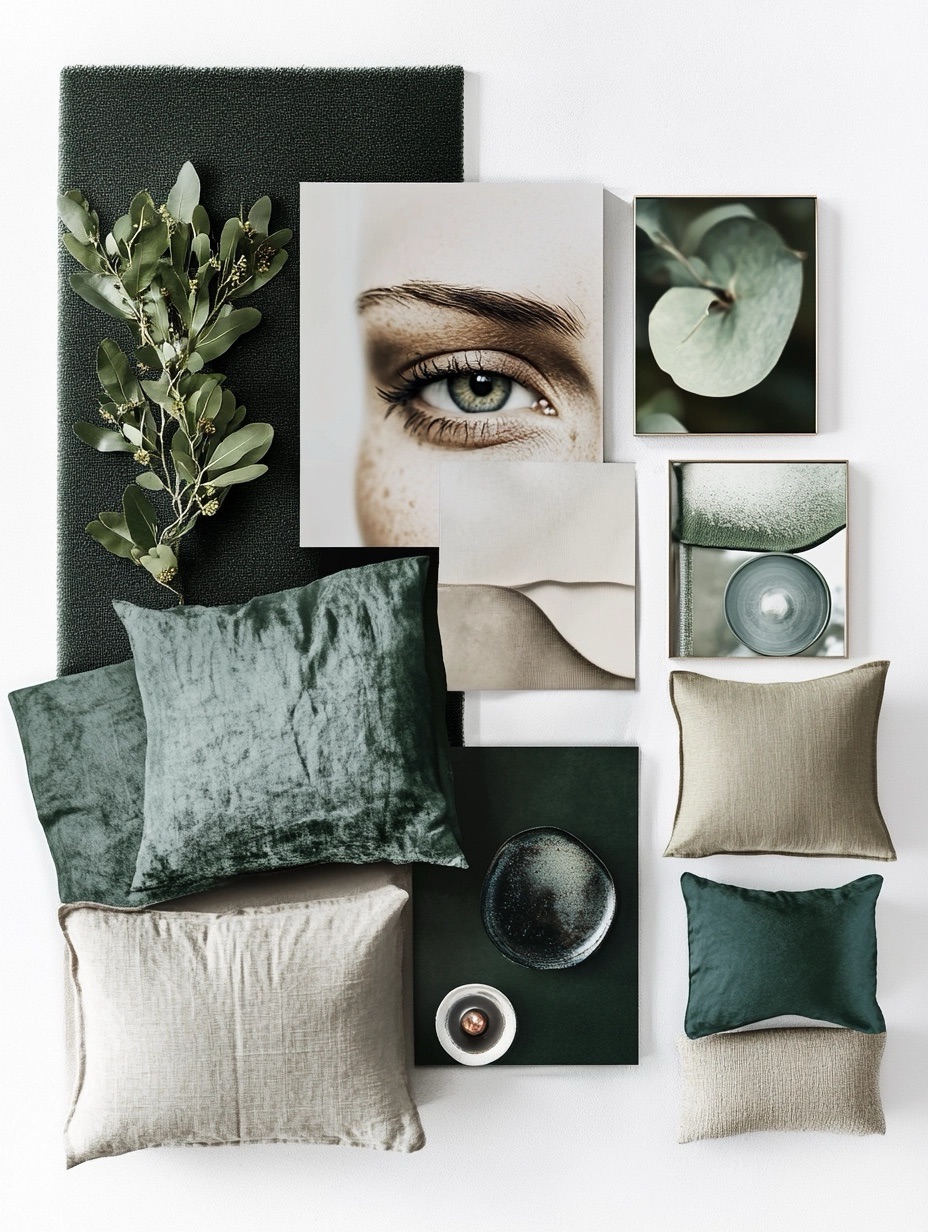
Mood Board Trends for Bedroom Interiors in 2024
Looking ahead to 2024, several trends are emerging in bedroom interior design. Natural materials, earthy tones, and biophilic design (bringing the outdoors in) are gaining popularity. Textures like raw wood, stone, and linen are being incorporated into more designs, while minimalism continues to reign. By staying up-to-date with these trends, you can keep your mood board relevant and on the cutting edge of interior design.
Final Thoughts: Why a Mood Board is a Must-Have for Your Bedroom Interior
In conclusion, a mood board is an essential tool for bringing your bedroom interior design vision to life. It helps you stay organized, focused, and inspired throughout the design process. Whether you’re designing a cozy sanctuary or a bold statement room, a mood board can help you create a cohesive, thoughtful space that reflects your personal style and creativity. So, why wait? Start gathering inspiration and transform your bedroom with a stunning mood board today!
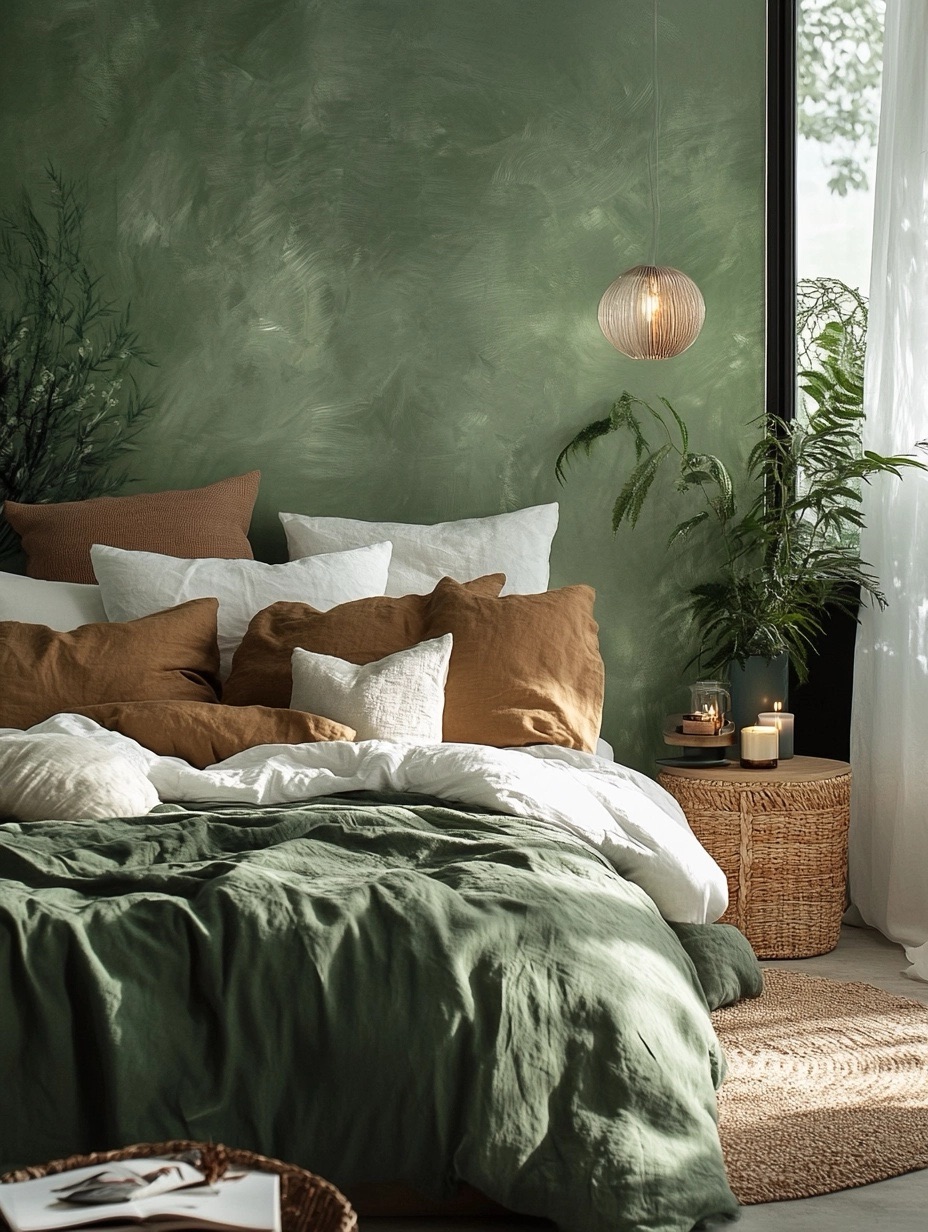
FAQs
1. What’s the best way to start a mood board for bedroom interior design?
Begin by identifying a theme and gathering images, fabrics, and color samples that align with your vision. Use tools like Pinterest or physical swatches to organize your ideas.
2. Can I update my mood board as my design tastes change?
Absolutely! A mood board should evolve as your tastes and inspiration grow. Regularly refreshing it with new elements keeps your bedroom decor fresh and exciting.
3. Do I need professional help to create a bedroom mood board?
No, creating a mood board can be a fun DIY project. However, if you need guidance or want expert input, consulting a professional interior designer is a great option.
4. How can I make my bedroom feel more spacious using a mood board?
Incorporate light colors, minimalistic designs, and mirrors into your mood board to create the illusion of more space in your bedroom.
5. What are the benefits of using sustainable materials in my bedroom design?
Using eco-friendly materials reduces your environmental impact while adding natural beauty and unique textures to your bedroom interior.
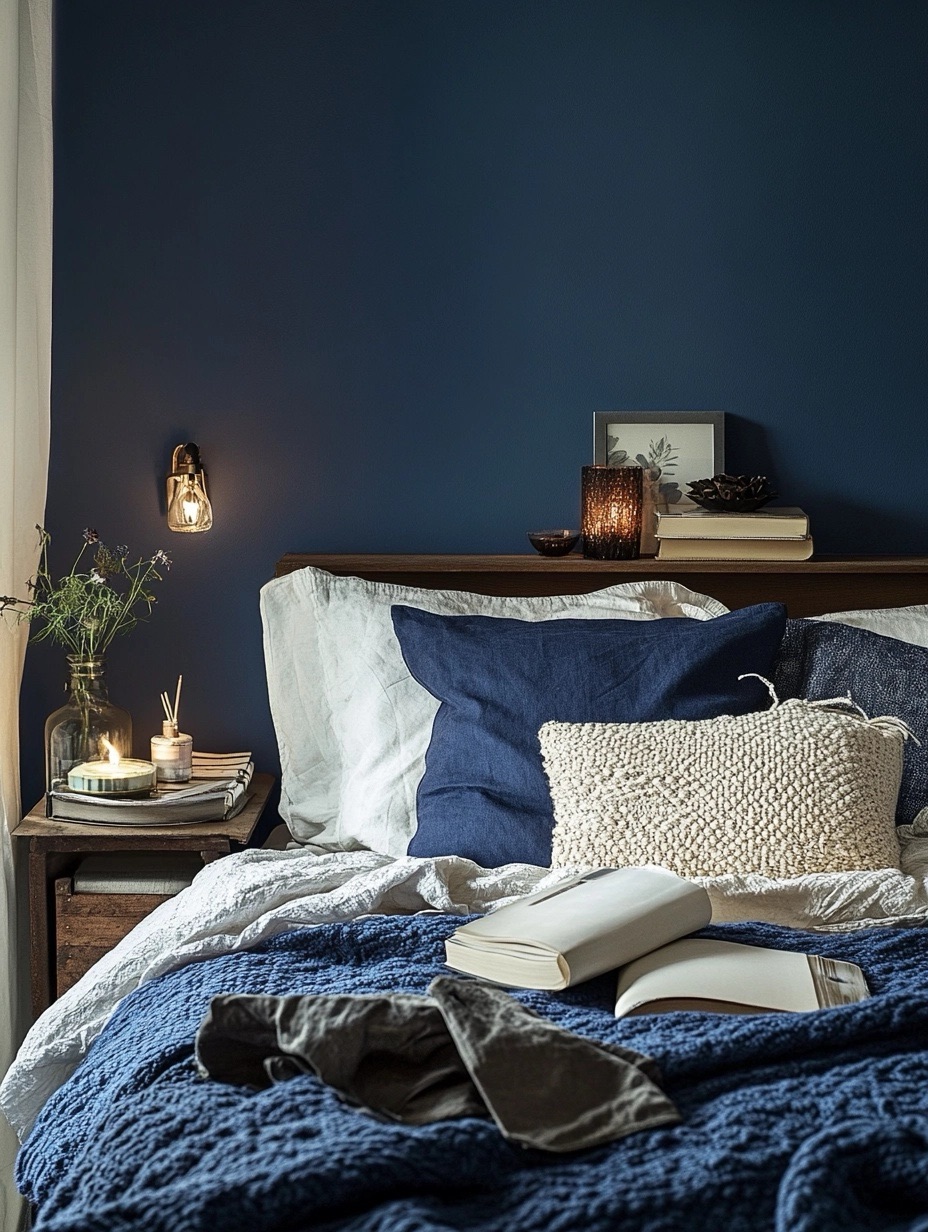
Leave a Reply